-
 Bitcoin
Bitcoin $118900
0.42% -
 Ethereum
Ethereum $3710
-2.88% -
 XRP
XRP $3.513
-2.96% -
 Tether USDt
Tether USDt $1.000
-0.01% -
 Solana
Solana $203.0
3.65% -
 BNB
BNB $765.5
-1.29% -
 USDC
USDC $0.9998
0.00% -
 Dogecoin
Dogecoin $0.2671
-4.18% -
 Cardano
Cardano $0.8817
-3.63% -
 TRON
TRON $0.3139
-0.64% -
 Hyperliquid
Hyperliquid $44.34
-5.45% -
 Stellar
Stellar $0.4637
-4.08% -
 Sui
Sui $3.908
-2.59% -
 Chainlink
Chainlink $19.34
-2.62% -
 Hedera
Hedera $0.2712
-3.77% -
 Avalanche
Avalanche $24.97
-4.13% -
 Bitcoin Cash
Bitcoin Cash $519.8
-1.48% -
 Shiba Inu
Shiba Inu $0.00001518
-3.74% -
 Litecoin
Litecoin $115.6
-2.21% -
 Toncoin
Toncoin $3.460
3.68% -
 UNUS SED LEO
UNUS SED LEO $8.977
-0.07% -
 Polkadot
Polkadot $4.460
-2.96% -
 Uniswap
Uniswap $10.53
-5.43% -
 Ethena USDe
Ethena USDe $1.001
0.01% -
 Monero
Monero $323.6
-0.36% -
 Pepe
Pepe $0.00001379
-2.60% -
 Bitget Token
Bitget Token $4.772
-3.90% -
 Dai
Dai $0.9999
0.00% -
 Aave
Aave $307.5
-6.66% -
 Bittensor
Bittensor $441.8
0.84%
How to write a smart contract?
Smart contracts are self-executing agreements written in code, automatically enforcing terms on blockchain platforms like Ethereum, Binance Smart Chain, or Solana without intermediaries.
Jul 22, 2025 at 09:28 pm
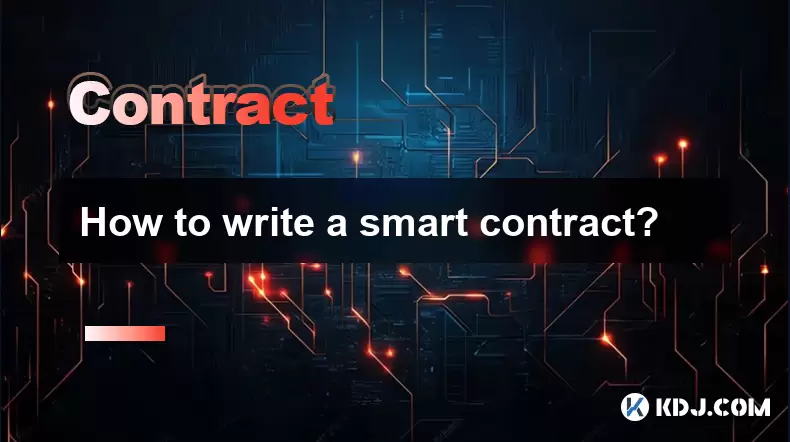
Understanding Smart Contracts
A smart contract is a self-executing contract with the terms of the agreement directly written into code. These contracts run on blockchain platforms, such as Ethereum, and automatically enforce and execute the terms of an agreement when predetermined conditions are met. The beauty of smart contracts lies in their ability to facilitate, verify, and enforce the negotiation or performance of a contract without the need for intermediaries. This means that parties can engage in transactions with increased transparency and reduced risk of fraud.
Choosing the Right Blockchain Platform
When it comes to writing a smart contract, selecting the appropriate blockchain platform is crucial. Ethereum is the most popular choice due to its robust infrastructure and widespread adoption. However, other platforms like Binance Smart Chain, Polkadot, and Solana also offer unique features that might suit specific project requirements. Each platform has its own set of tools, programming languages, and community support. For instance, Solidity is commonly used for Ethereum, while Rust is gaining traction on Solana. Understanding the strengths and limitations of each platform will guide your decision-making process.
Learning the Programming Language
To effectively write a smart contract, one must become proficient in the programming language associated with the chosen blockchain platform. Solidity, for Ethereum, is akin to JavaScript and is widely documented. Learning resources such as tutorials, documentation, and community forums are invaluable for grasping the syntax and best practices. Key concepts include variables, functions, control structures, and data types. It is essential to understand how to structure your code to ensure that the smart contract performs as intended. Additionally, understanding security practices is vital, as vulnerabilities can lead to significant financial losses.
Setting Up the Development Environment
Before diving into coding, setting up a suitable development environment is necessary. This typically involves installing a code editor like Visual Studio Code, along with specific extensions for the programming language you are using. Additionally, you will need to install a blockchain development framework, such as Truffle or Hardhat for Ethereum. These frameworks provide tools for compiling, deploying, and testing your smart contracts. You will also need a local blockchain, like Ganache, to simulate the network environment without incurring real transaction fees. Configuring these tools properly ensures a smooth development experience.
Writing Your First Smart Contract
With your environment set up, it’s time to write your first smart contract. Start by defining the contract's purpose and the functions it will perform. For example, a simple contract might allow users to store a value or transfer tokens. Begin by importing necessary modules and defining the contract structure. Use functions to encapsulate logic and ensure that state variables are correctly declared. Testing is a critical step; use the testing framework provided by your development tools to simulate transactions and verify that the contract behaves as expected. Always remember to include error handling to manage unexpected situations gracefully.
Deploying and Interacting with the Contract
Once your smart contract is tested and ready, the next step is deployment. This involves sending the contract to the blockchain network, which requires a transaction. You will need to connect your development environment to a blockchain node, either through a service like Infura or Alchemy or by running a local node. After deployment, you can interact with the contract using tools like Remix or through a web interface. Understanding how to call functions and retrieve data from the contract is essential for users and developers alike. Each interaction with the contract is a transaction that must be confirmed by the network, so it’s important to manage gas fees and transaction times effectively.
Frequently Asked Questions
What is the difference between a smart contract and a traditional contract?
A smart contract is a digital protocol intended to digitally facilitate, verify, and enforce the negotiation or performance of a contract. Unlike traditional contracts, which require intermediaries to oversee and enforce agreements, smart contracts automatically execute when conditions are met, reducing the need for third-party involvement.
Can I write a smart contract without knowing how to code?
While it is technically possible to use no-code platforms that allow for the creation of smart contracts through graphical interfaces, having a foundational understanding of coding is beneficial. This knowledge enables you to better understand the logic behind your contract and troubleshoot any issues that may arise during deployment or execution.
How do I test a smart contract before deployment?
Testing a smart contract involves using a local blockchain environment, such as Ganache, to simulate transactions without real-world consequences. You can also utilize testing frameworks like Mocha or Chai, which allow you to write test cases for your contract functions. This practice helps identify bugs and vulnerabilities before the contract is deployed on the mainnet.
What are common security vulnerabilities in smart contracts?
Common vulnerabilities include reentrancy attacks, overflow and underflow issues, and improper access control. Developers should follow best practices, such as using established libraries, conducting thorough testing, and performing code audits, to mitigate these risks. Security should be a top priority throughout the development process to protect against potential exploits.
Disclaimer:info@kdj.com
The information provided is not trading advice. kdj.com does not assume any responsibility for any investments made based on the information provided in this article. Cryptocurrencies are highly volatile and it is highly recommended that you invest with caution after thorough research!
If you believe that the content used on this website infringes your copyright, please contact us immediately (info@kdj.com) and we will delete it promptly.
- SEC, Bitcoin, and Crypto: Navigating the Wild West of Digital Finance
- 2025-07-23 04:30:12
- Tyre Legalities, the 20p Test, and Expert Advice: Staying Safe on the Road
- 2025-07-23 04:50:12
- Liberty Head Double Eagle Proofs: A Golden Opportunity?
- 2025-07-23 04:55:12
- Solana NFTs Surge: Riding the Wave of Market Volume and NFT Hype
- 2025-07-23 04:30:12
- Stablecoin Market, US Treasuries, and Financial Risk: A Deep Dive
- 2025-07-23 05:00:13
- Wall Street Pepe (WEPE) and the Solana Meme Coin Mania: A New Era?
- 2025-07-23 03:30:13
Related knowledge

How to trade ETH perpetuals on Bitstamp?
Jul 23,2025 at 03:28am
Understanding ETH Perpetual ContractsETH perpetual contracts are derivative products that allow traders to speculate on the price of Ethereum without ...
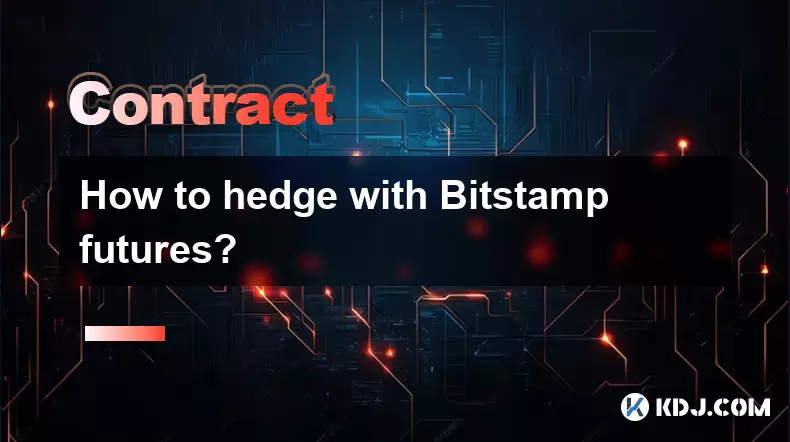
How to hedge with Bitstamp futures?
Jul 23,2025 at 02:00am
Understanding Bitstamp Futures ContractsBitstamp futures are financial derivatives that allow traders to speculate on or hedge against the future pric...
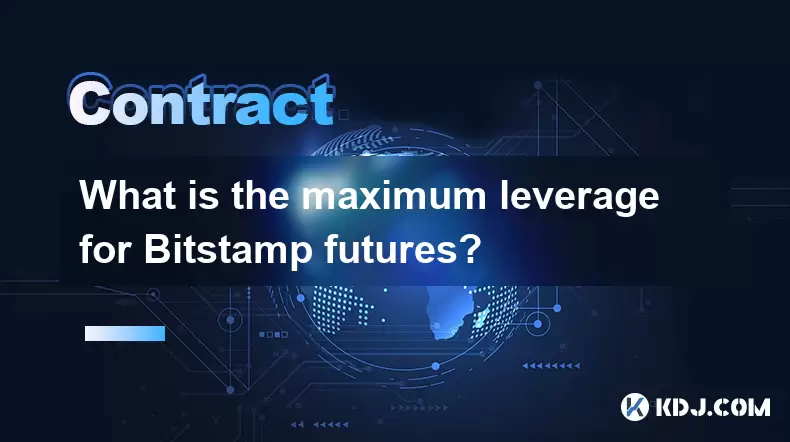
What is the maximum leverage for Bitstamp futures?
Jul 23,2025 at 05:21am
Understanding Bitstamp FuturesBitstamp, a well-established cryptocurrency exchange, offers futures trading to users seeking advanced financial instrum...
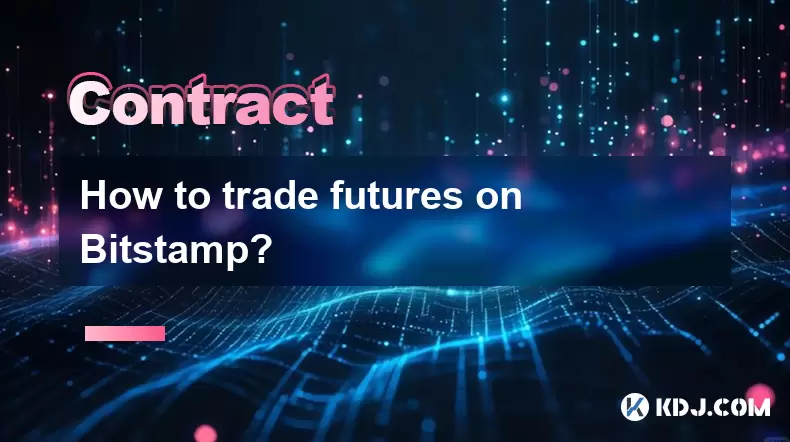
How to trade futures on Bitstamp?
Jul 23,2025 at 12:56am
Understanding Bitstamp Futures TradingFutures trading on Bitstamp allows users to speculate on the future price of cryptocurrencies such as Bitcoin an...

How to create a futures API key on Gate.io?
Jul 23,2025 at 03:49am
Understanding Futures API Keys on Gate.ioA futures API key on Gate.io allows traders to automate trading strategies, manage positions, and retrieve re...
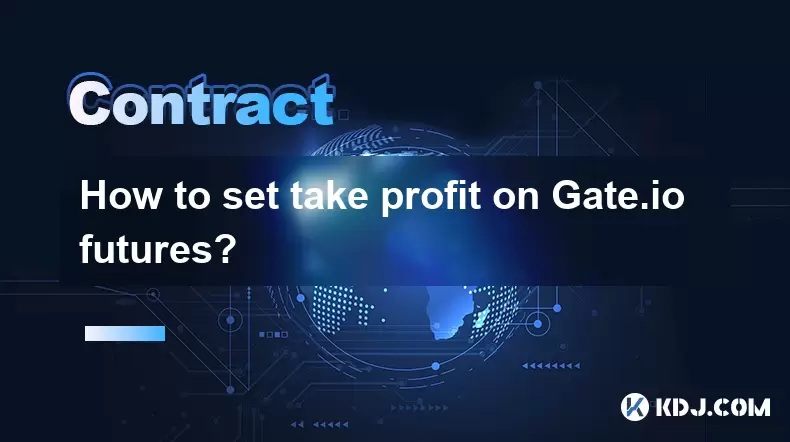
How to set take profit on Gate.io futures?
Jul 23,2025 at 01:14am
Understanding Take Profit in Gate.io FuturesWhen trading futures on Gate.io, a take profit (TP) order allows traders to automatically close a position...

How to trade ETH perpetuals on Bitstamp?
Jul 23,2025 at 03:28am
Understanding ETH Perpetual ContractsETH perpetual contracts are derivative products that allow traders to speculate on the price of Ethereum without ...

How to hedge with Bitstamp futures?
Jul 23,2025 at 02:00am
Understanding Bitstamp Futures ContractsBitstamp futures are financial derivatives that allow traders to speculate on or hedge against the future pric...

What is the maximum leverage for Bitstamp futures?
Jul 23,2025 at 05:21am
Understanding Bitstamp FuturesBitstamp, a well-established cryptocurrency exchange, offers futures trading to users seeking advanced financial instrum...

How to trade futures on Bitstamp?
Jul 23,2025 at 12:56am
Understanding Bitstamp Futures TradingFutures trading on Bitstamp allows users to speculate on the future price of cryptocurrencies such as Bitcoin an...

How to create a futures API key on Gate.io?
Jul 23,2025 at 03:49am
Understanding Futures API Keys on Gate.ioA futures API key on Gate.io allows traders to automate trading strategies, manage positions, and retrieve re...

How to set take profit on Gate.io futures?
Jul 23,2025 at 01:14am
Understanding Take Profit in Gate.io FuturesWhen trading futures on Gate.io, a take profit (TP) order allows traders to automatically close a position...
See all articles

























































































